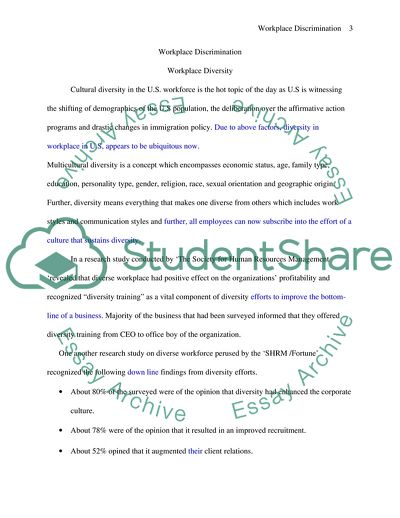Cite this document
(Workplace Discrimination Coursework Example | Topics and Well Written Essays - 2500 words, n.d.)
Workplace Discrimination Coursework Example | Topics and Well Written Essays - 2500 words. https://studentshare.org/sociology/1718463-religious-discrimination-in-the-workplace
Workplace Discrimination Coursework Example | Topics and Well Written Essays - 2500 words. https://studentshare.org/sociology/1718463-religious-discrimination-in-the-workplace
(Workplace Discrimination Coursework Example | Topics and Well Written Essays - 2500 Words)
Workplace Discrimination Coursework Example | Topics and Well Written Essays - 2500 Words. https://studentshare.org/sociology/1718463-religious-discrimination-in-the-workplace.
Workplace Discrimination Coursework Example | Topics and Well Written Essays - 2500 Words. https://studentshare.org/sociology/1718463-religious-discrimination-in-the-workplace.
“Workplace Discrimination Coursework Example | Topics and Well Written Essays - 2500 Words”. https://studentshare.org/sociology/1718463-religious-discrimination-in-the-workplace.


